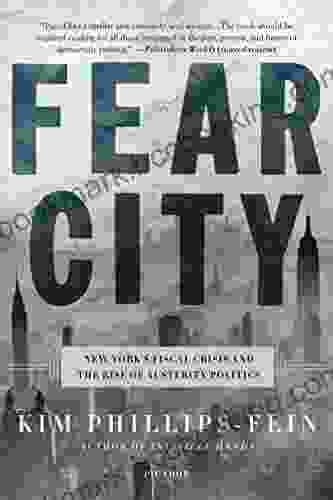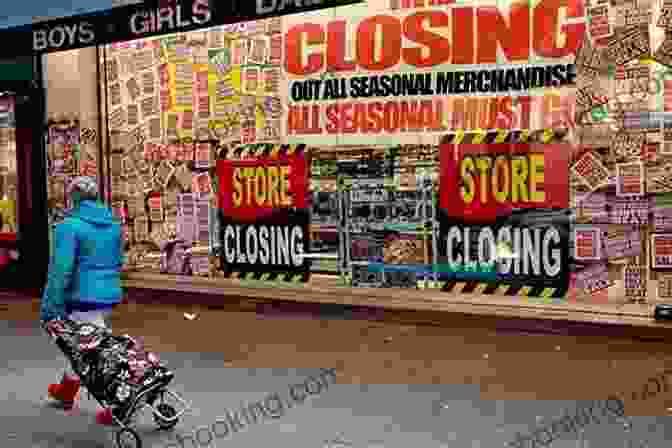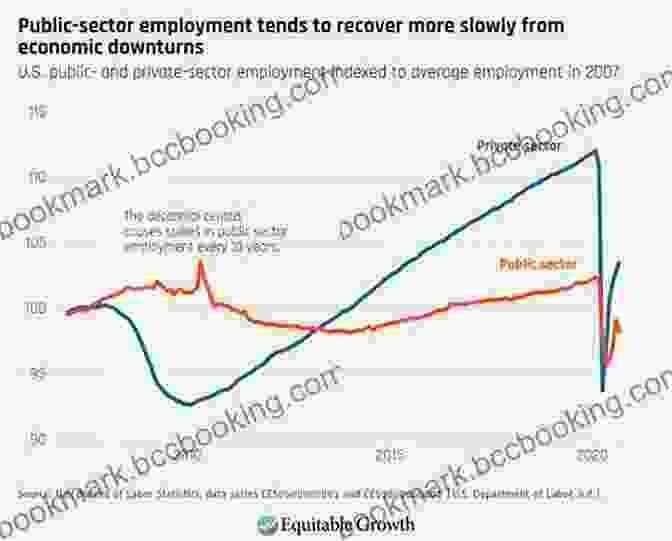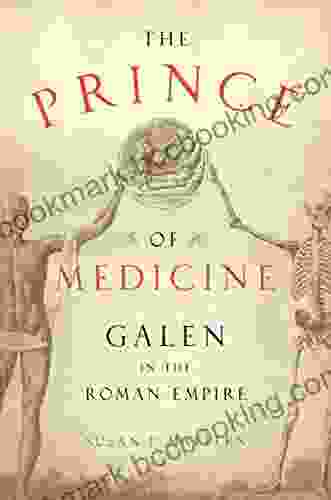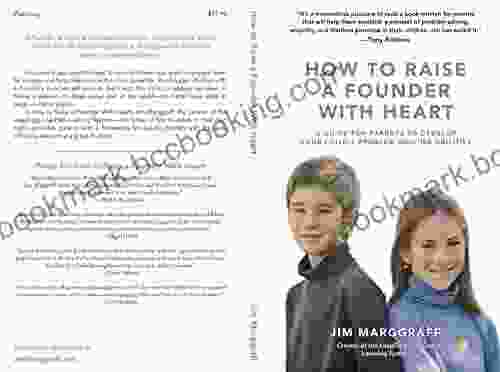Unraveling the Roots of Fiscal Distress
In the heart of the 1970s, New York City stood on the brink of financial collapse. A confluence of factors, including a burgeoning budget deficit, rampant inflation, and a decline in manufacturing, plunged the metropolis into a fiscal crisis of unprecedented proportions. The city's inability to meet its debt obligations and provide essential services brought it to the verge of bankruptcy.
At the core of the crisis lay a complex interplay between fiscal policy, urban renewal, and social movements. Generous social programs, coupled with ambitious urban renewal projects, had strained the city's finances. Simultaneously, the rise of citizen activism and opposition to urban renewal exacerbated the fiscal burden.
The Austerity Response
In the face of imminent bankruptcy, New York City turned to drastic measures. Imposed by the Municipal Assistance Corporation (MAC),a state-appointed oversight body, austerity policies swept through the city. Public sector wages were slashed, social programs were curtailed, and infrastructure projects were halted.
These austerity measures provoked widespread protests and social unrest. Yet, the MAC remained resolute in its pursuit of fiscal discipline. The city's debt was eventually restructured, but at a steep social cost. Unemployment soared, poverty deepened, and basic services suffered.
The Legacy of Austerity
The New York fiscal crisis and the subsequent austerity policies had a profound impact on urban politics. The crisis eroded trust in government and weakened faith in the ability of local leaders to address pressing social issues.
Furthermore, the austerity policies implemented in New York provided a blueprint for similar measures in other municipalities and even at the national level. The rise of austerity politics has become a defining characteristic of contemporary governance, with far-reaching consequences for public services, social welfare, and economic equality.
The New York fiscal crisis and the rise of austerity politics represent a watershed moment in the history of urban governance. The crisis exposed the limits of fiscal policy and challenged the ideals of social welfare. The austerity policies implemented in response have had a lasting impact on the lives of city residents and the landscape of urban politics.
By studying the New York fiscal crisis, we gain valuable insights into the complex relationship between fiscal policy, urban renewal, social movements, and the role of austerity in shaping contemporary political and economic landscapes.



